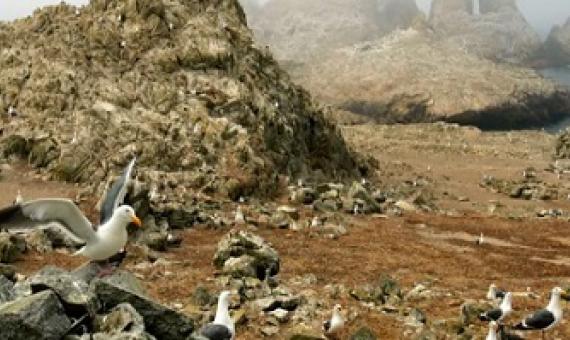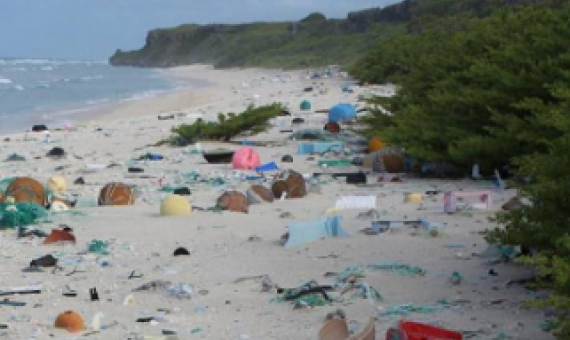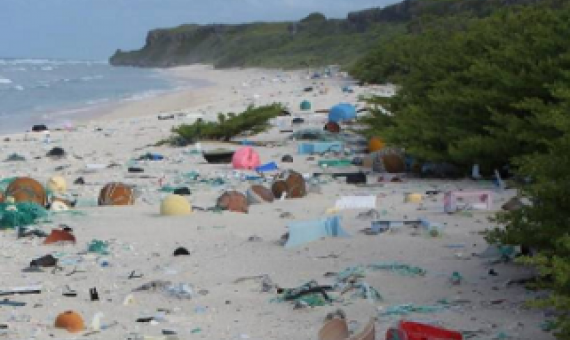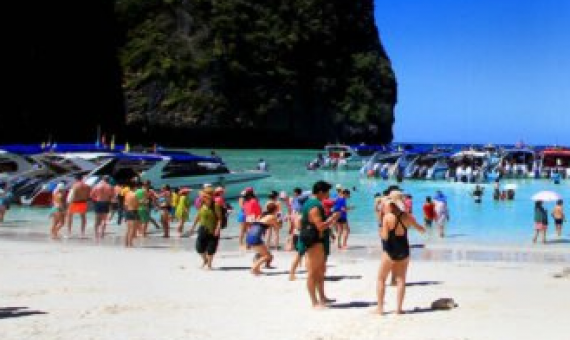For millions of years, remote islands have been hotbeds of biodiversity, where unique species have flourished.
The Wealth of Islands : Global Call for Conservation 2006
This brochure drew significantly from a technical publication by Deda et al. (submitted for publication to Natural Resources Forum), the Millennium Ecosystem Assessment report on Island Systems by Wong et al. 2005, the report of the Ad Hoc Technical Expert Group on Island Biodiversity, which met in Tenerife in 2004 and the draft programme of work on island biodiversity adopted by the Subsidiary Body for Scientifc, Technical and Technological Advice (SBSTTA) at its tenth meeting in 2005
Bikini Atoll Coral Biodiversity and World Heritage List
Bikini Atoll Coral Biodiversity and World Heritage List
RMI's Protected Area Maps
maps of RMI's protected areas
Coral reef biodiversity community based assessment and conservation planning in the Marshall Islands 2002
Coral reef biodiversity community based assessment and conservation planning in the Marshall Islands 2002
Reimaanlok: National Conservation Area Plan 2007–2012
Reimaanlok Looking to the Future 2008. Reimaanlok: National Conservation Area Plan for the Marshall Islands 2007–2012
The Farallon Islands of northern California are one of the world’s great biodiversity hotspots.
Rubbish has been washing up on its isolated beaches in the Pitcairn chain at a rate of several thousand bits of plastic a day. Link to full article below.
No-one has lived on Henderson Island since the 15th century, but it has the highest density of plastic debris recorded anywhere in the world.
The rapid rise in tourism is mostly because of expanding middle classes in many countries. More people are able to afford vacations and travel, particularly in China. Click on the link below to read the full article.










